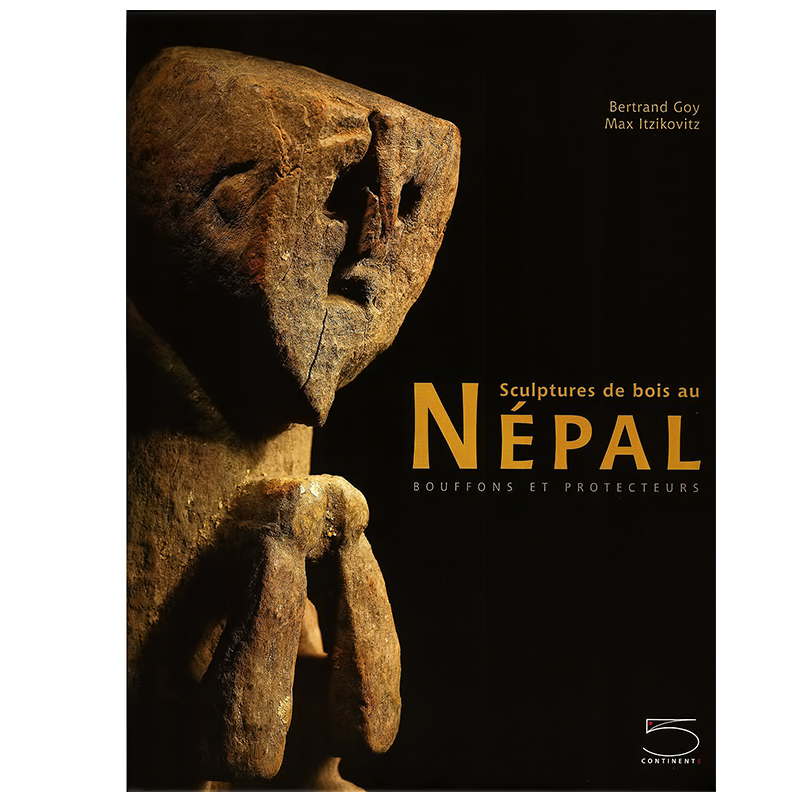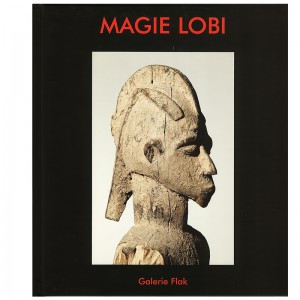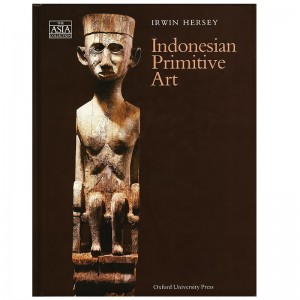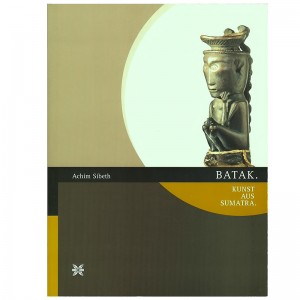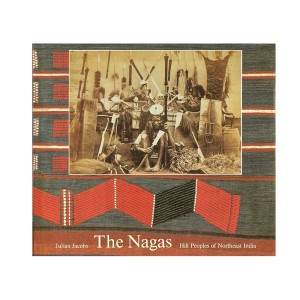SCULPTURES DE BOIS AU NEPAL
Authors: B. GOY / ITZIKOVITZ M.
Material Type: general or thematic Work
Publisher: 5 Continents Editions, Milan, 2009. Hardcover editor color illustrated boards, in-4, size: 24.5 x 28.5 cm ISBN 978-88-7439-495 -1
Content: 168 p, 2 col. cards, library .. Very numerous illustrations and photographs b / w and color often full page
State of the book: New
Description
Can we speak Nepali primitive art?. Anthropomorphic statues of Nepal West and enigmatic wooden masks with black and deep patina supposed to come from the highlands have an undeniable kinship with the artistic productions from Africa or Southeast Asia knew. But their function is known?. And those sculptors whose only imagination seems to guide the hand away from the more traditional representations of formalism that interpret the deities of Hinduism and Tibetan Buddhism as a defined liturgy?. Free program against compulsory figures, harmony and serenity of the established religions against disorder and anxiety of primitive beliefs?. The reality is probably different and this book provides a different view of a little studied to date field. An overview of the history of Nepal recalled firstly why, outside the Kathmandu Valley, knowledge of its material culture do not have the own back aus other European civilizations: the long banned Western countries has opened recently, and few documents prior to the 1960’s research in the archives Bertrand Goy lead us to follow in the footsteps of this statuary, while the ethnologist Gisèle Krauskopff gives us the result of reflections supported by his experience of bsa field and knowledge of Nepali culture. The testimony of a traveler and photographer in Nepal in pioneer days, Henry Bancaud, complete this volume illustrated with stunning photographs of Hughes Dubois representing masks and statues collected over twenty-five years by Max Itzikovitz.
Additional information
| Weight | 1290 g |
|---|---|
| Dimensions | 24.5 × 28.5 cm |
Related Products
-
MAGIC Lobi
50,00 €Author (s): J. BOSC / ITZIKOVITZ M. Name of publisher: Galerie Flak Place and year of publication: Paris, 2004 Material Type: exhibition catalog Format: illustrated color, very good condition. Cardboard editor. Format of the book: in 4 -Nº ISBN: 2-912646-13-8. Dimensions: 22 x 24.5 cm. Illustration: numerous illustrations duotone b / w, 1 map, drawings,…
-
INDONESIAN PRIMITIVE ART
100,00 €Author: Hersey I. Material Type: general or thematic Work Publisher: Oxford University Press, Inc., The ASIA Collection, New York, 1991. Hardcover cardboard editor color illustrated Very good condition, in-4, size: 19 x 25 cm, ISBN 0 19 588553 8 Content: 162 p, 66 ill. b / w, 35 ill. col., 18 drawings, 1 cards, biblio.,…
-
BATAK
45,00 €Subtitle: KUNST AUS SUMATRA Author: A. Sibeth Material Type: Exhibition Catalogue. Museum für Völkerkunde, Frankfurt am Main: 11/03/2000 - 28/02/2001 Publisher: Museum für Völkerkunde, Frankfurt am Main, 2000. Paperback, 4to, size: 21 X 28 cm, ISBN 3-88270-399-7 Content: 191 p, 26 b / w photos, 115 col photos, 5 pl.n / b, 31 pl.coul, 1…
-
THE NAGAS
40,00 €Subtitle: Hill Peoples of Northeast India Author: L. Perrois Material Type: general or thematic Work Publisher: Thames & Hudson Ltd, London, 1990. Hardcover with binding of draped beige editor under jacket illustrated in very good condition color, in-4, size: 25 x 23 cm, ISBN 9-780500-973882 Content: 360 p, 2 cards, library with 700 photographic illustrations…
49,00 €
Out of stock



